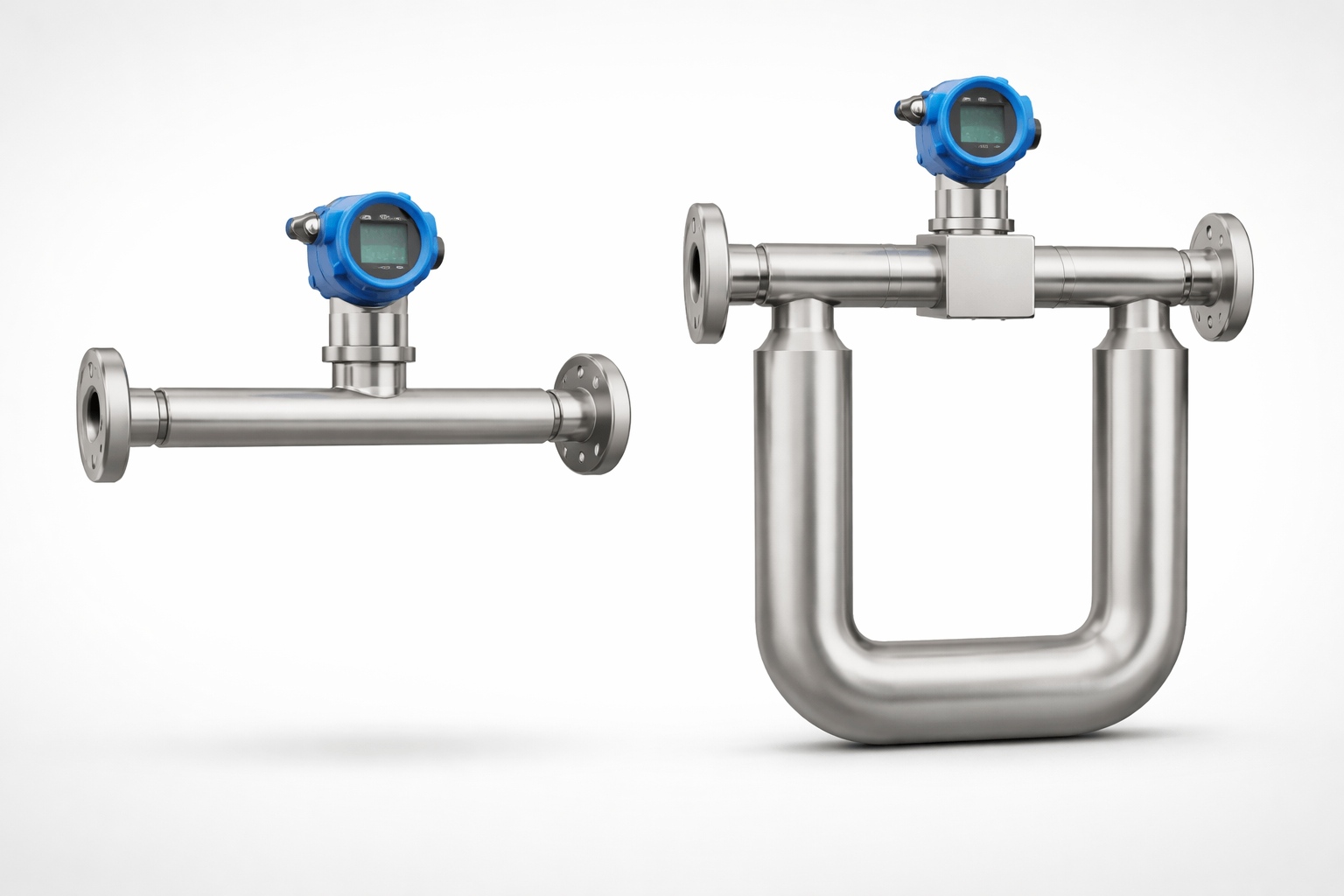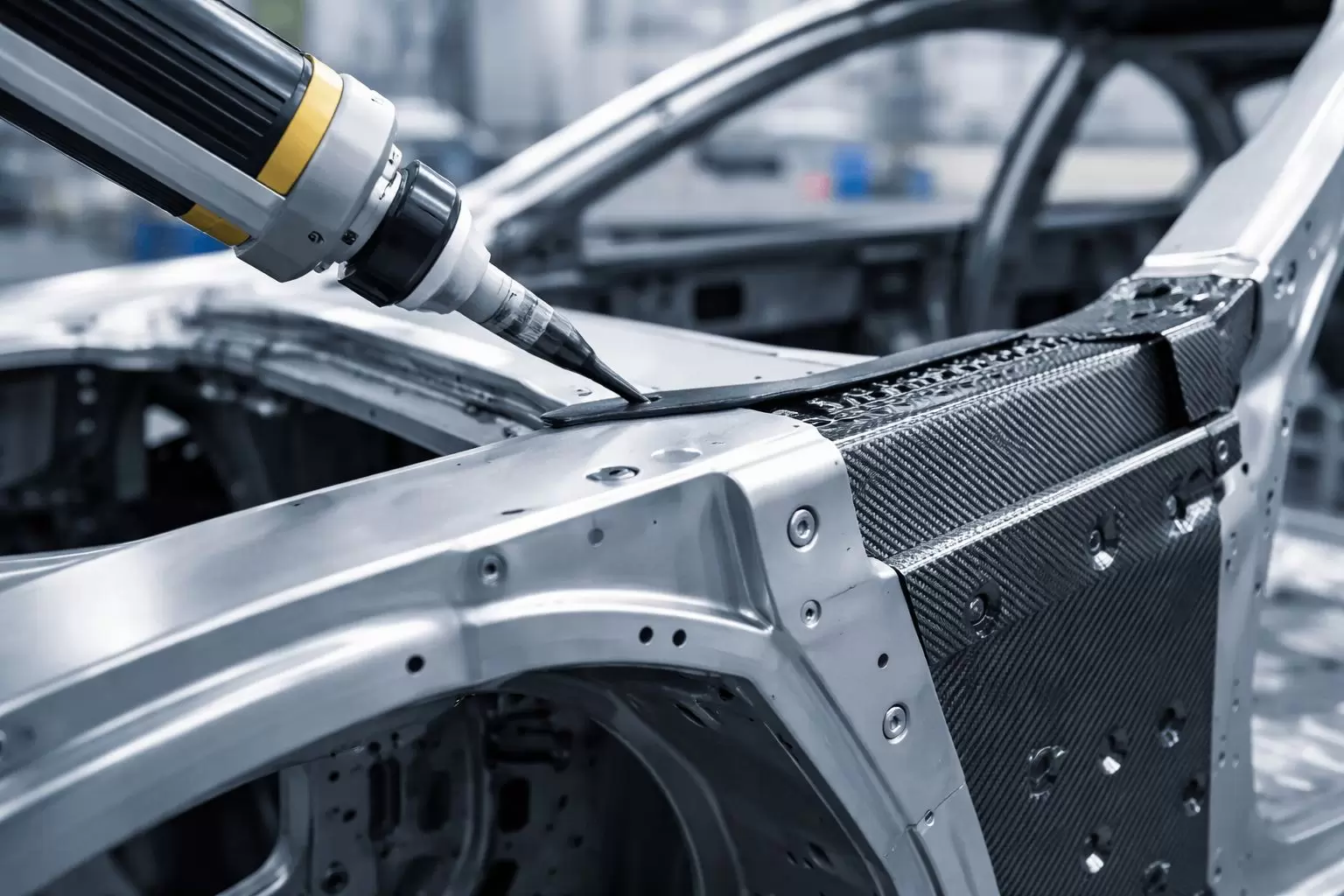In the realm of building design and environmental control, ventilation plays a crucial role in ensuring indoor air quality (IAQ) and occupant comfort. The choice between natural and mechanical ventilation systems can significantly impact energy efficiency, air quality, and overall building performance. This article delves into the fundamental differences between these two ventilation strategies, exploring their mechanisms, advantages, disadvantages, and applications.
Understanding Ventilation
Ventilation is the process of exchanging indoor air with outdoor air to maintain a healthy and comfortable indoor environment. It helps to dilute indoor pollutants, control humidity, and regulate temperature. The two primary types of ventilation are natural and mechanical, each with distinct characteristics and operational principles.
Natural Ventilation: Harnessing Nature’s Forces
Natural ventilation relies on natural forces such as wind and buoyancy to facilitate air exchange. This method typically involves strategically placed openings, such as windows, vents, and doors, that allow fresh air to enter while stale air exits.
Mechanisms of Natural Ventilation
- Wind-Driven Ventilation: This occurs when wind pressure differences create a flow of air through openings in a building. The effectiveness of this method depends on the building's orientation, the surrounding landscape, and the design of the openings.
- Stack Effect: Also known as thermal buoyancy, this principle exploits the natural rise of warm air. As indoor air heats up, it becomes less dense and rises, creating a negative pressure that draws cooler air in from lower openings.
Advantages of Natural Ventilation
- Energy Efficiency: Natural ventilation can significantly reduce energy consumption by minimizing the need for mechanical cooling and heating systems.
- Cost-Effective: Lower installation and maintenance costs make natural ventilation an attractive option for many building projects.
- Enhanced Indoor Air Quality: By promoting a continuous flow of fresh air, natural ventilation can help dilute indoor pollutants and improve overall air quality.
Disadvantages of Natural Ventilation
- Weather Dependency: The effectiveness of natural ventilation can be compromised by adverse weather conditions, such as high humidity or extreme temperatures.
- Limited Control: It can be challenging to regulate airflow and temperature precisely, leading to discomfort during certain seasons.
- Noise and Pollution: In urban areas, external noise and air pollution can detract from the benefits of natural ventilation.
Mechanical Ventilation: Engineered Airflow Solutions
Mechanical ventilation employs fans and duct systems to control the flow of air within a building. This method can be further categorized into several systems, including exhaust, supply, balanced, and heat recovery ventilation.
Mechanisms of Mechanical Ventilation
- Exhaust Ventilation: This system removes stale indoor air, creating a negative pressure that draws in fresh air through passive openings.
- Supply Ventilation: Fresh air is actively supplied to the building, while stale air is expelled through passive vents.
- Balanced Ventilation: This system uses both supply and exhaust fans to maintain equal airflow, ensuring consistent indoor air quality.
- Heat Recovery Ventilation (HRV): HRV systems recover heat from outgoing air to preheat incoming air, enhancing energy efficiency.
Advantages of Mechanical Ventilation
- Controlled Environment: Mechanical systems allow for precise control over airflow, temperature, and humidity, ensuring consistent indoor conditions.
- Year-Round Performance: These systems can operate effectively regardless of external weather conditions, providing reliable ventilation throughout the year.
- Filtration and Purification: Mechanical systems can incorporate advanced filtration technologies to remove pollutants, allergens, and particulates from the air.
Disadvantages of Mechanical Ventilation
- Energy Consumption: Mechanical systems can consume significant amounts of energy, particularly if not designed or maintained properly.
- Higher Initial Costs: Installation and maintenance of mechanical ventilation systems can be more expensive compared to natural alternatives.
- Potential for Over-Ventilation: Without proper controls, mechanical systems may lead to excessive ventilation, resulting in energy waste and discomfort.
Choosing the Right Ventilation Strategy
The decision between natural and mechanical ventilation should be based on several factors, including building design, location, climate, and intended use. For instance, residential buildings in temperate climates may benefit from natural ventilation, while commercial spaces with high occupancy levels may require mechanical systems to ensure adequate air quality.
Conclusion
Understanding the differences between natural and mechanical ventilation is essential for architects, builders, and facility managers aiming to create healthy, energy-efficient indoor environments. While natural ventilation offers cost-effective and environmentally friendly solutions, mechanical ventilation provides enhanced control and reliability. Ultimately, the best approach may involve a hybrid system that leverages the strengths of both methods, optimizing indoor air quality while minimizing energy consumption. By carefully considering the unique needs of each space, stakeholders can make informed decisions that promote occupant health and comfort.





